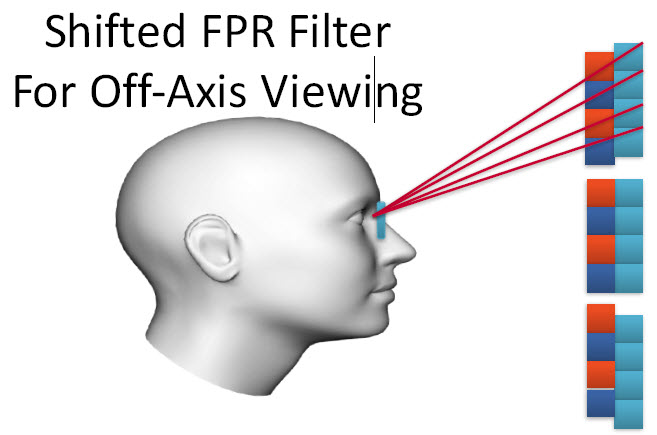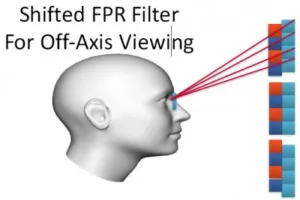
Kurt Hoffmeister is CTO from Mechdyne which is a US AV company that has been around a long time but now around 50% of its business is in 3D and immersive technologies. 30% of the overall business is outside the US.
He explained what VR is and he said that CAVEs were invented in 1992 – Mechdyne has a licence for that name. What makes a system VR is a sense of viewer perspective, stereo view, and scale at 1:1 with realistic rendering, in his view.
Mechdyne is agnostic about the kind of display being used, including headsets, but Hoffmeister’s talk was around projection and flat panel displays. He made a plea that delegates should realise that simply using a head mounted system does not define VR. HMDs have been around since at least the ’60s and CAVEs were developed to overcome the disadvantages. HMDs can be disorienting and there is no ‘sense of self’ if you can’t see your hands and feet. You may need a helper to solve the cable issue.
Large displays can use any technology from LCD to projection, but also LED. There are challenges, though.
Mechdyne finds that post project reviews help the firm to understand some of the issues. Stereo displays often have double frame rate at 120Hz, but he prefers dual inputs with separate L/R connections for stereo 3D on display devices.
Ideally, a display system has 120Hz input and display rate, but without chroma sub-sampling. Top/bottom or left/right stereo schemes mean latency you can have problems with ‘eye swap’. Sync is often a real challenge, but you need a frame lock to lock displays together. Glasses and IR tracking can interfere with each other and cause trouble.
Nvidia’s GPUs can support up to 50 synchronised displays and Mechdyne has done projects with up to 48. Active and passive glasses both have issues with light loss when using polarisation. At most, you might get 40% of the input light to each eye, with polarising glasses, but it could be down to 20%. With active glasses, you probably only get 10% to 15% of the projector brightness to each eye.
Shutter glasses have response times of 2ms or more. If you don’t blank during the response time, you can get colour artefacts from DLP projectors.
Active glasses can interfere with camera systems used for tracking. IP-based control is preferred, for this reason, rather than infrared, but consumer devices typically don’t have that. RF devices can also cause interference.
These days, 30% or so of Mechdyne’s projects use FPDs. The panels use interlaced display formats for stereo and that can mean difficulty with scaling. Also if you get the wrong line, you get the wrong eye image. This kind of display can cause trouble with off-axis viewing, as you have to look at some images off axis when in a CAVE environment. Planar made a version with a shifted polariser for off axis viewing. You need to be 3′ (1 metre) back from the display to get a decent view, but for a video wall, you have to be further away.

Hybrid environments use a mixture of 2D and 3D content. Hoffmeister then showed some samples of VR applications in science and technology. It can be tricky to interact with 2D and 3D mixed environments, he said.
In conclusion, all systems should interact, but should not interfere. 3D can impact image quality, Sync is often the biggest challenge. Hoffmeister likes polarised 3D, but there are some issues with alignment.

